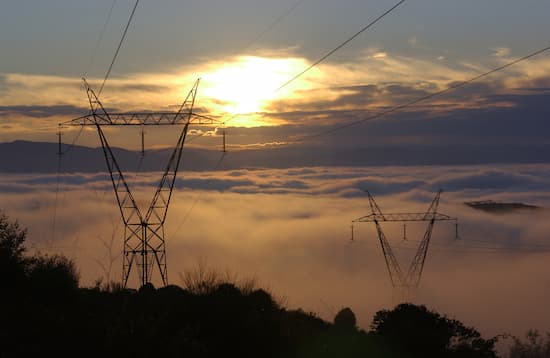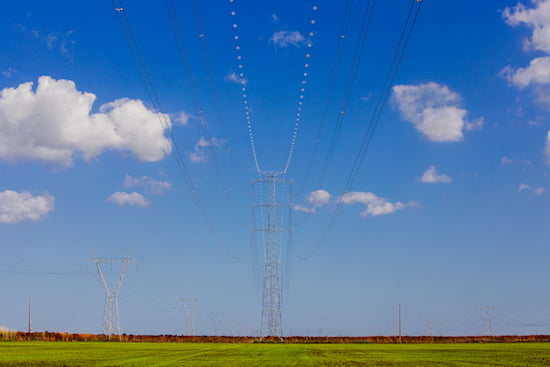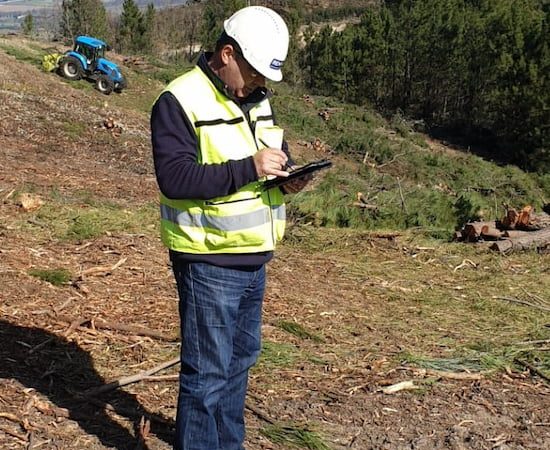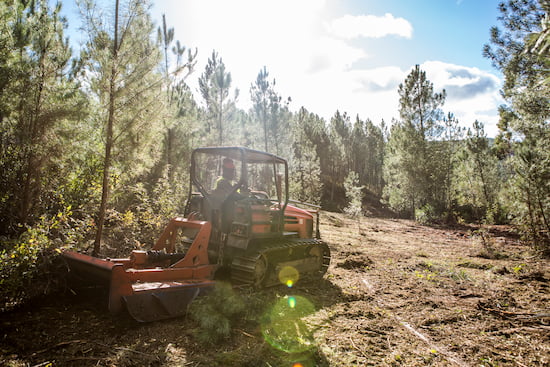Risk Management
Leadership
REN
The University of Coimbra
Investment
1,9M€








Summary
A surveillance system will be created through the setting up of optical cameras on the power lines of REN Redes Energéticas Nacionais – Portugal’s National Energy Networks located in the forest. These systems provide real time images, identifying fire ignition points, local meteorological information and data about vegetation. This will be possible through the setting up of sensors, which send this communication to information systems created for this purpose.
This investigation will provide technological tools to detect potential fire outbreaks, but above all to monitor fire and simulate fire behavior, contributing to the resilience and integrity of power infrastructures.
These innovative tools will have an impact on the improvement of prevention systems, firefighting and risk reduction for the teams involved, as well as on the management of other existing infrastructures in the territories, such as power, road, rail and industrial infrastructures, among others.
It will be installed a set of surveillance systems in the northern and central regions of Portugal, which will enable a better integrated management of rural fires, in an area that could reach around 226,000 hectares of the country’s forest cover.
This strategic line operates in the following items:
These innovative tools will have an impact on the improvement of prevention systems, firefighting and risk reduction

Forest Monitor
Infrastructures

Infrastructures and resources available to monitor forest are insufficient
This work area answers the challenge of developing and installing different sensors, as meteorology, video, infrared and vibration, on the power lines. In addition, it also intends to integrate all data collected in a single system.
Currently, infrastructures and resources available to monitor forest are insufficient or there is a lack when applied to Portuguese approach, one of the European countries most threatened by fire.
Activities
In the need of a more effective forest monitor,
rePLANT will develop the following actions:
A subsystem based on optical cameras
A meteorological subsystem
A power supply subsystem
A communication subsystem
High voltage environment testing
Installing a prototype in a real environment.
Implementation of an alarm system and a proximity analysis infrastructure
Protection for Infrastructures
There is a lack of capacity to protect critical infrastructure based in the forest
Regarding the protection for infrastructures, rePLANT aims to develop a decision support and an application system dedicated to strategic infrastructures, such as power and gas distribution networks, but adaptable to others, such as the road or rail network.
Fires occurred in Portugal had shown us that there is a lack of capacity to protect critical infrastructure present in the forest, resulting in a need for developing and applying technological solutions that enable a better defense of the infrastructure.

Activities
These are the activities pointed for protect infrastructures:
Analysis and systematization of fire behavior simulation models and wind field dispersion
Identification of input data sources in system implementation zones
Definition, design and implementation of the decision support system
Definition, implementation and configuration of components and end-points
Fuel Management
The objective is related to the promotion of a more effective communication risk, directed to the population, exploring the reasons to a resistance of behavioral change and disseminating new behaviors that reduce the risk of ignition.
Current technical standards for the prescription of fuel management interventions are scarce, have a lack of technical and scientific support and are applied without considering the specifics of each location.
In the same way, risk communication is currently planned without a rigorous foundation and empirical assessment, disregarding the public’s knowledge or needs which this communication is intended.
Therefore, there is a need to optimize fuel management interventions and their planning, and the need to identify people’s assumptions and beliefs that influence the way how they interpret risk communication and why it tends to be ineffective.
Risk communication is currently planned without a rigorous foundation and empirical assessment.

Activities
Responding to the needs above, rePLANT will do the following activities:
Data collection and analysis
Sampling, planning, execution and data processing
Field data analysis and modeling
Prescription development
Elaboration of the technical manual
Sample definition and building a mental model reference
Validation of mental models
Elaboration of risk communication proposals
PRELIMINARY RESULTS
One year after the beginning of rePLANt, the I Technical Seminars were held, in which the project’s partners took stock of the activities carried out so far.
In the second line of action, a fire propagation simulator was presented by the University of Coimbra on the REN infrastructure protection and decision support platform. These simulators combine scientific knowledge in the area of forest fires with the most recent artificial intelligence and high-performance computing tools.
Once integrated into a management platform, combined with sensors for the detection and location of ignitions, installed in REN’s infrastructure, they will enable greater forest resilience and protect this same infrastructure from the risk of forest fire.
In this line of action, whereness gave an update on the work developed in relation to the interface for recording forest fire occurrences and showed what data can be obtained in a simulation.

